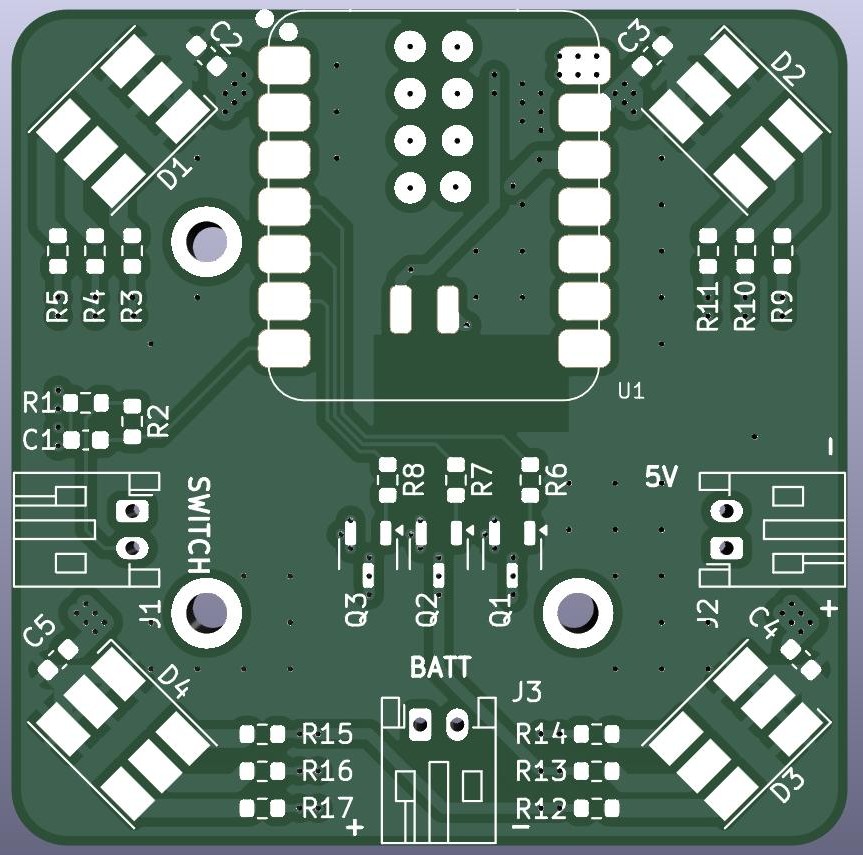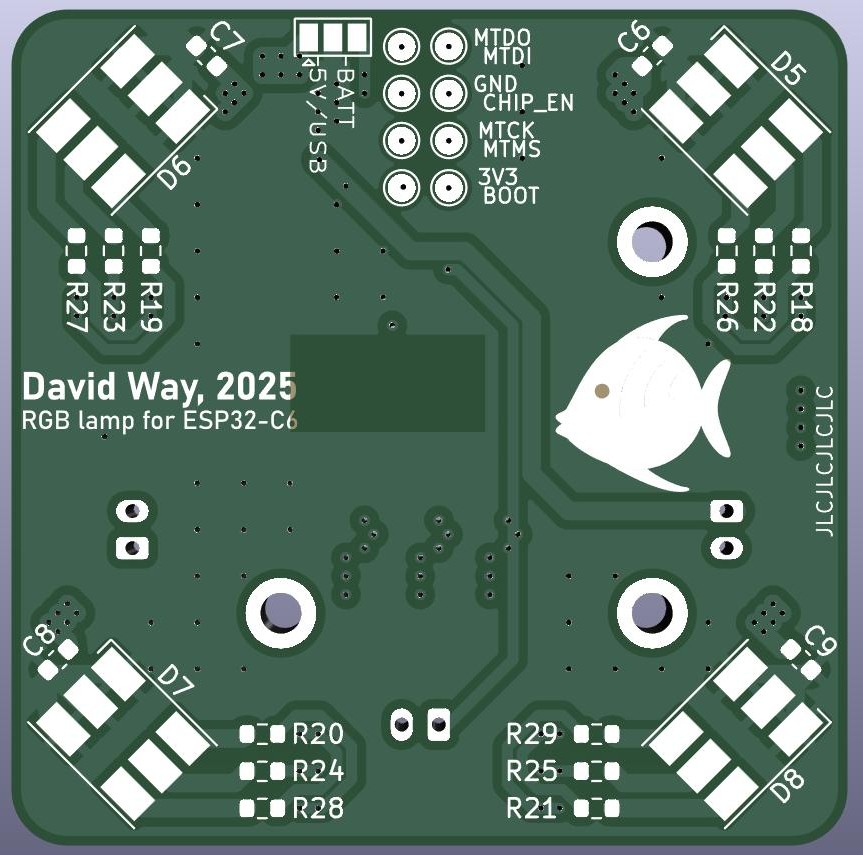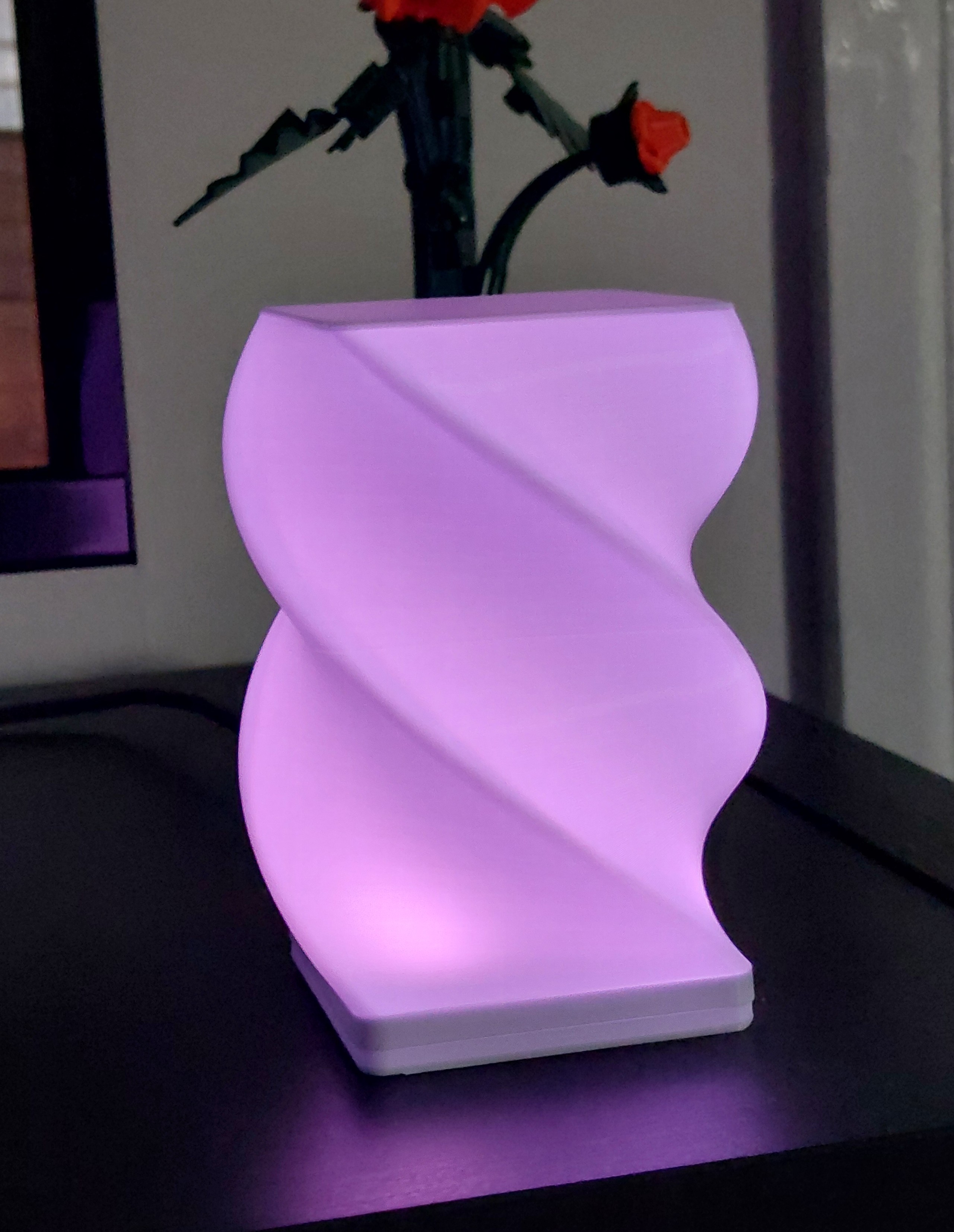Projects
Page under construction

High-power pulsed laser diode driver for LiDAR
Simulating the effect of parasitic inductances in a resonant laser diode driver controlled with a GaN HEMT.
Automated transient simulation and feature extraction was performed in MATLAB/LTspice for parameter space exploration, identifying safe operating areas. Modelling a real laser diode using a Schottky and Zener, a PCB was iteratively designed, simulated, and eventually tested with promising results (20 A pulses with 5 ns FWHM).
The PCB design relied on flux cancellation to reduce parasitic inductance, with Ansys Q3D analysis showing steady progression through designs.
Github repository for running LTspice from MATLAB
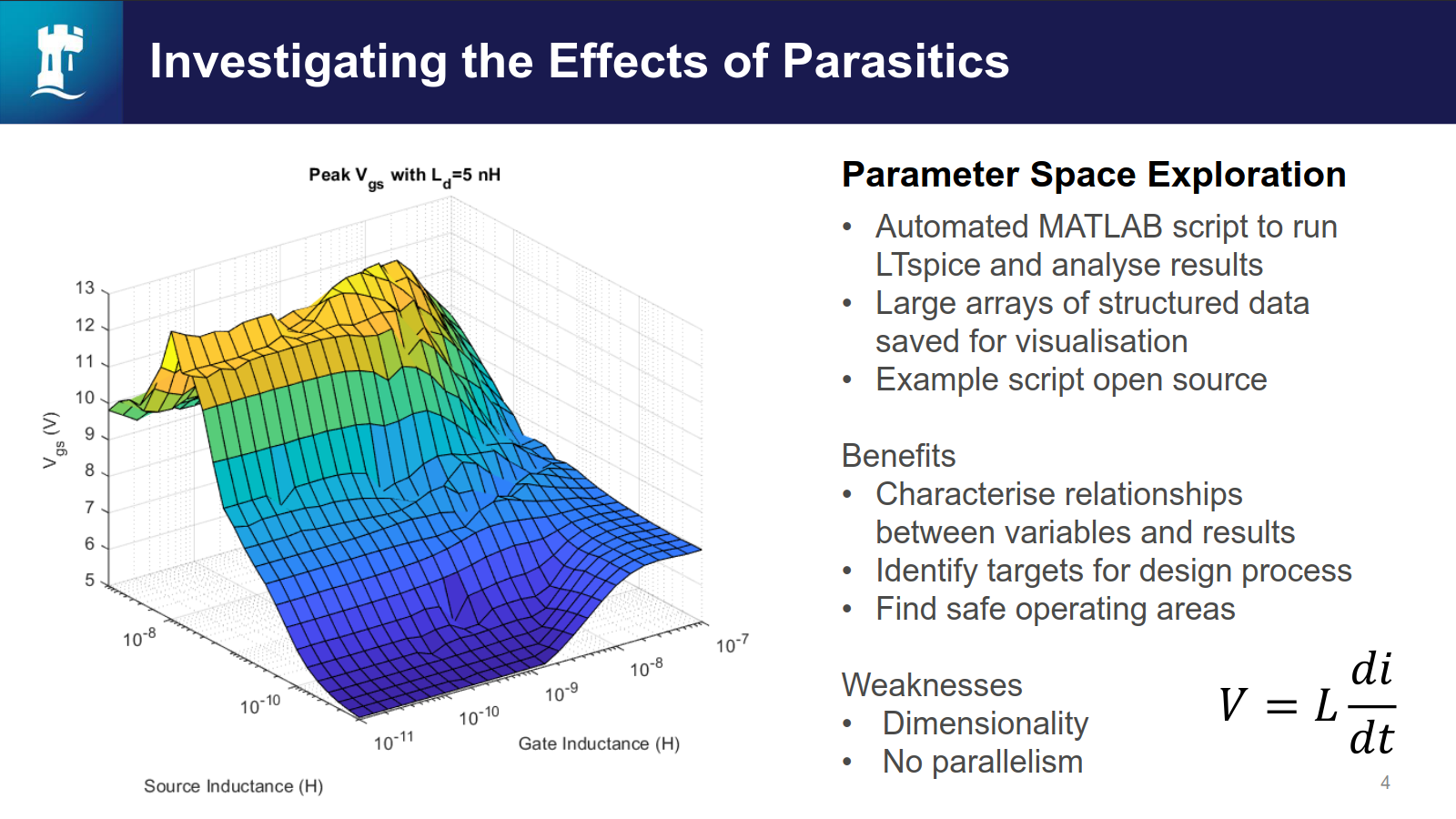
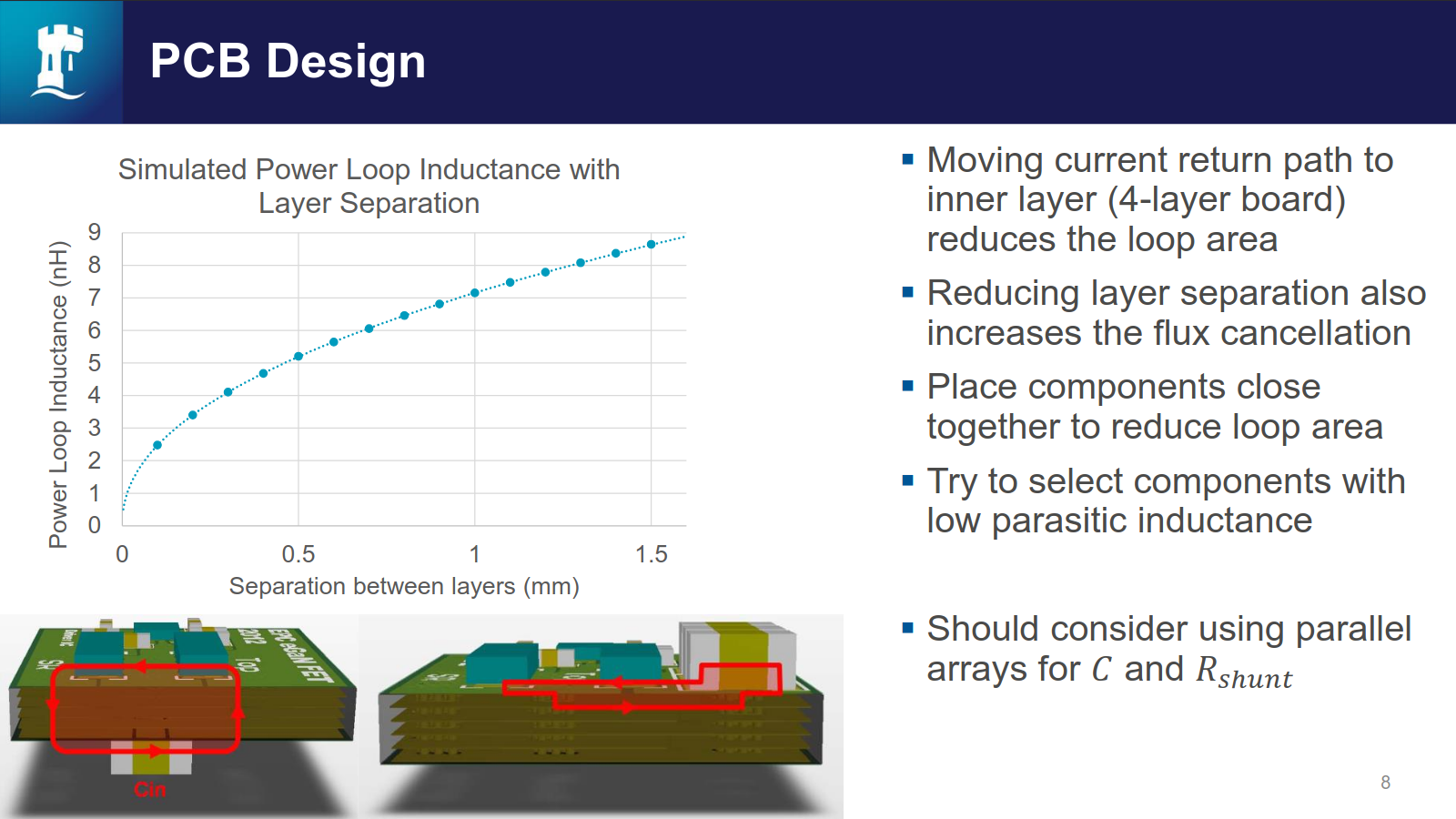
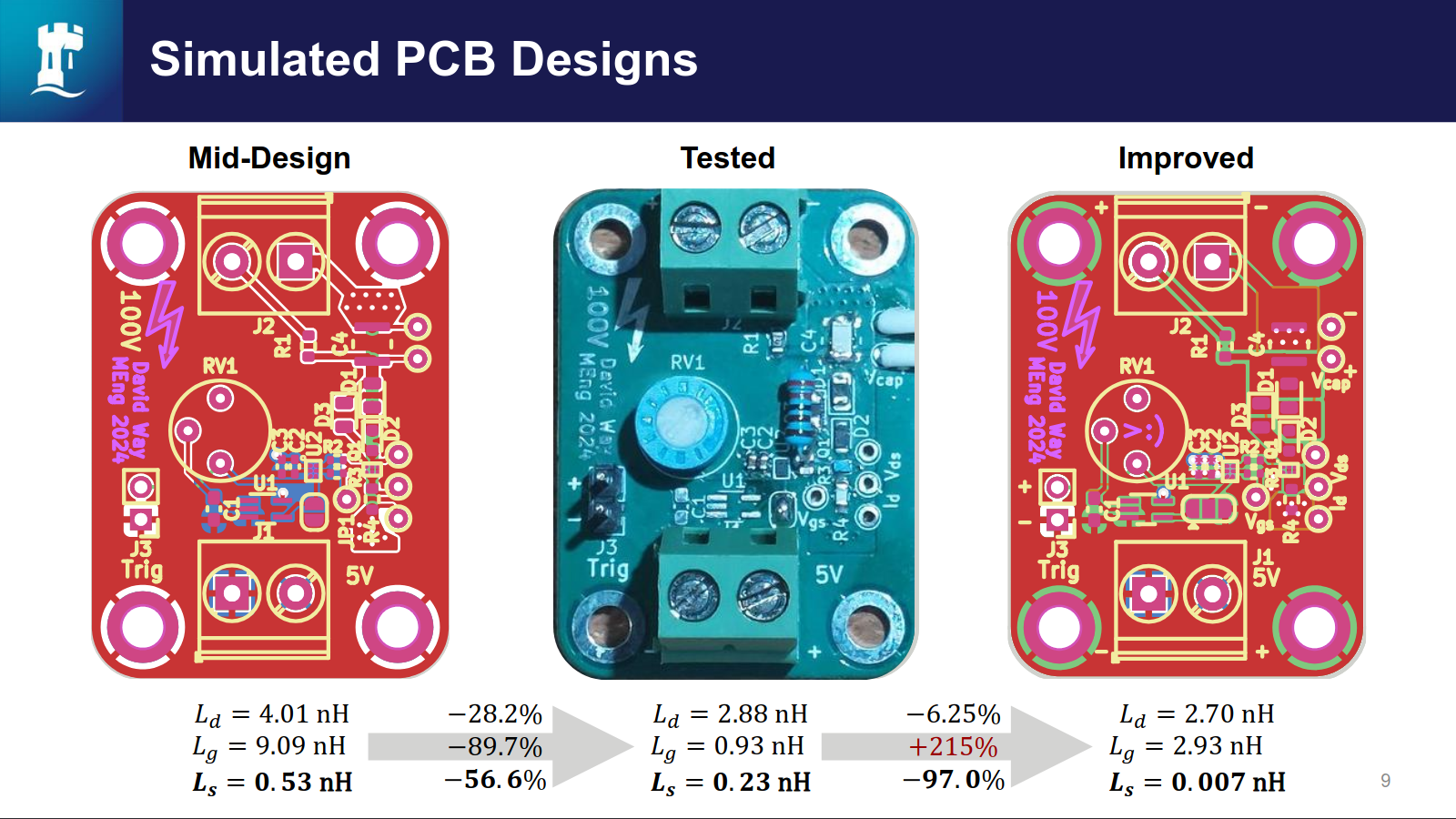
Peatland Monitoring Constellation
Project designing a system to provide ground-truth depth measurements to validate data from satellite interferometry. This involved designing and programming a custom optical linear encoder to measure the varying depth of peat, and transmitting the data using a Zigbee mesh network.
Data was uploaded to a remote, self-hosted database using GPRS, providing real-time monitoring and remote configuration options.
I designed a 4-layer motherboard based on the STM32WB platform, as well as PCBs for the encoder and power supply. Involved RF simulations in ADS to validate microstrip design.

More to add
Lorem ipsum dolor sit amet :)
Mini-projects
Parametric Fan Duct
For my first foray into OpenSCAD, I designed a parametric duct to guide air from PC case fans to a heatsink. This may be used to ensure your CPU heatsink gets a supply of cool air direct from a case fan, or for cooling a deshrouded GPU in a SFF case. The project supports 1-by-n fan setups, and can be easily customised to suit any application.

This was designed for an MSI GTX 960 in a Fractal Design Node 202. This has slotted holes for easier alignment, and reinforcement to help support the card. As this was too large to print in one piece, I added a dovetail joint in my slicer and slotted the two parts together. Here, two large 120 mm fans draw fresh air from outside the case, which is directed through the GPU heatsink.
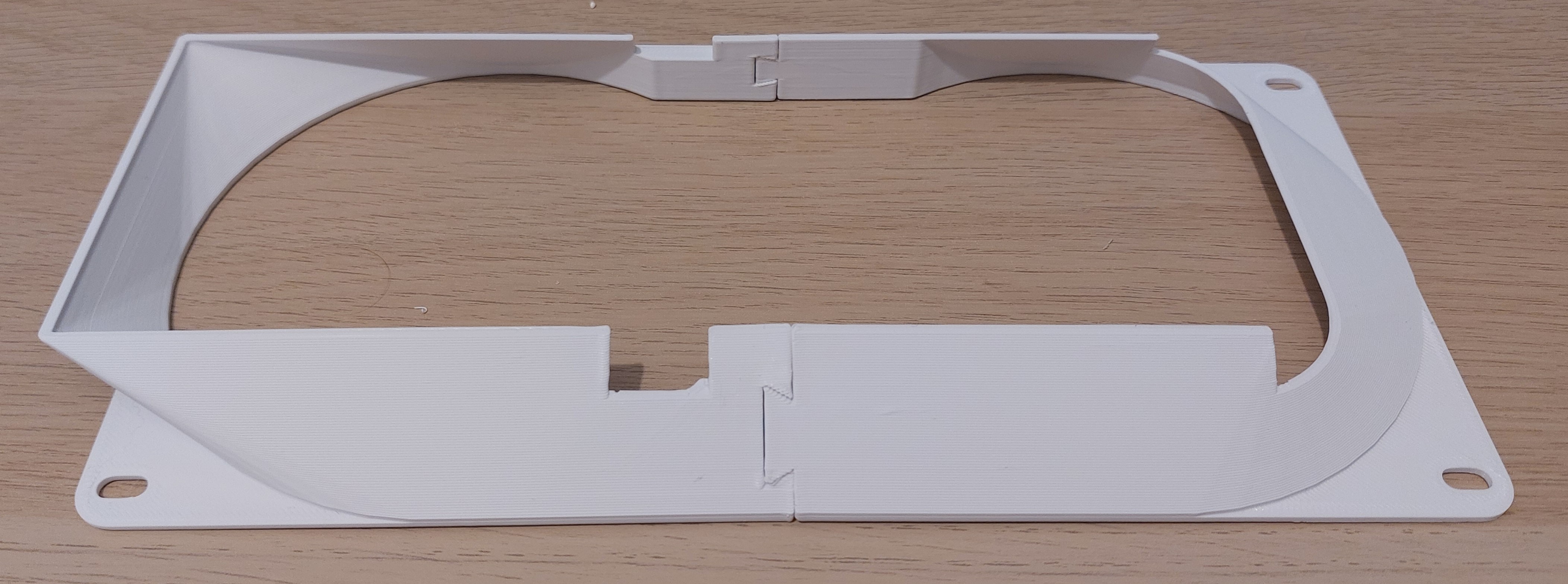

Zigbee RGB Lamp
A very simple USB-C powered RGB lamp based on the Seeed Studio XIAO ESP32C6, which has Zigbee support. The LEDs are driven using simple PWM control, with one MOSFET per channel for the switching.
This was intended to be the light emitting element in origami lamps built by my partner, no such lamps have been made. Instead, I designed and 3D printed a translucent enclosure in OpenSCAD.
This integrates well with my Home Assistant setup, and is set to pick a random colour every minute, smoothly transitioning between them.
